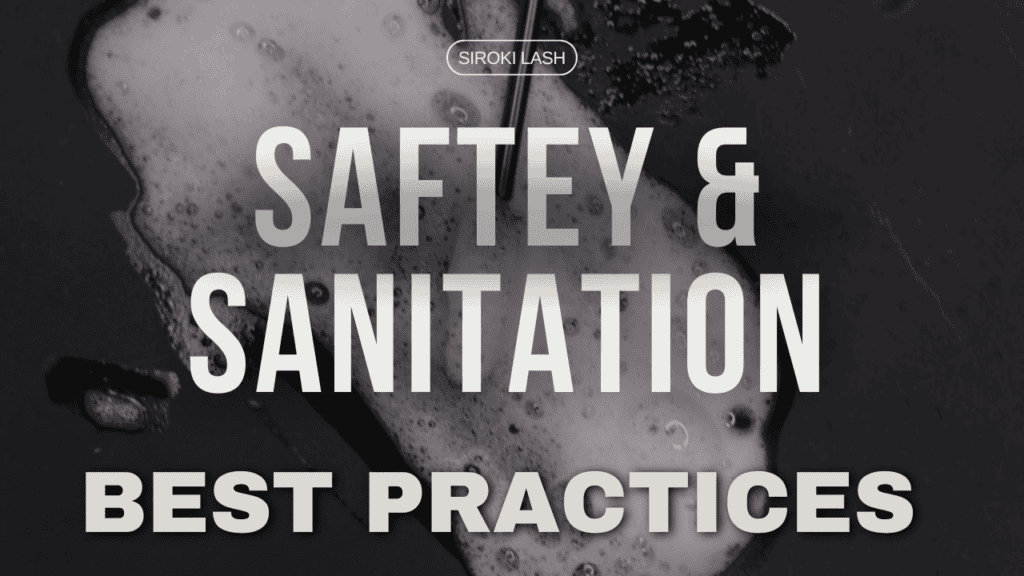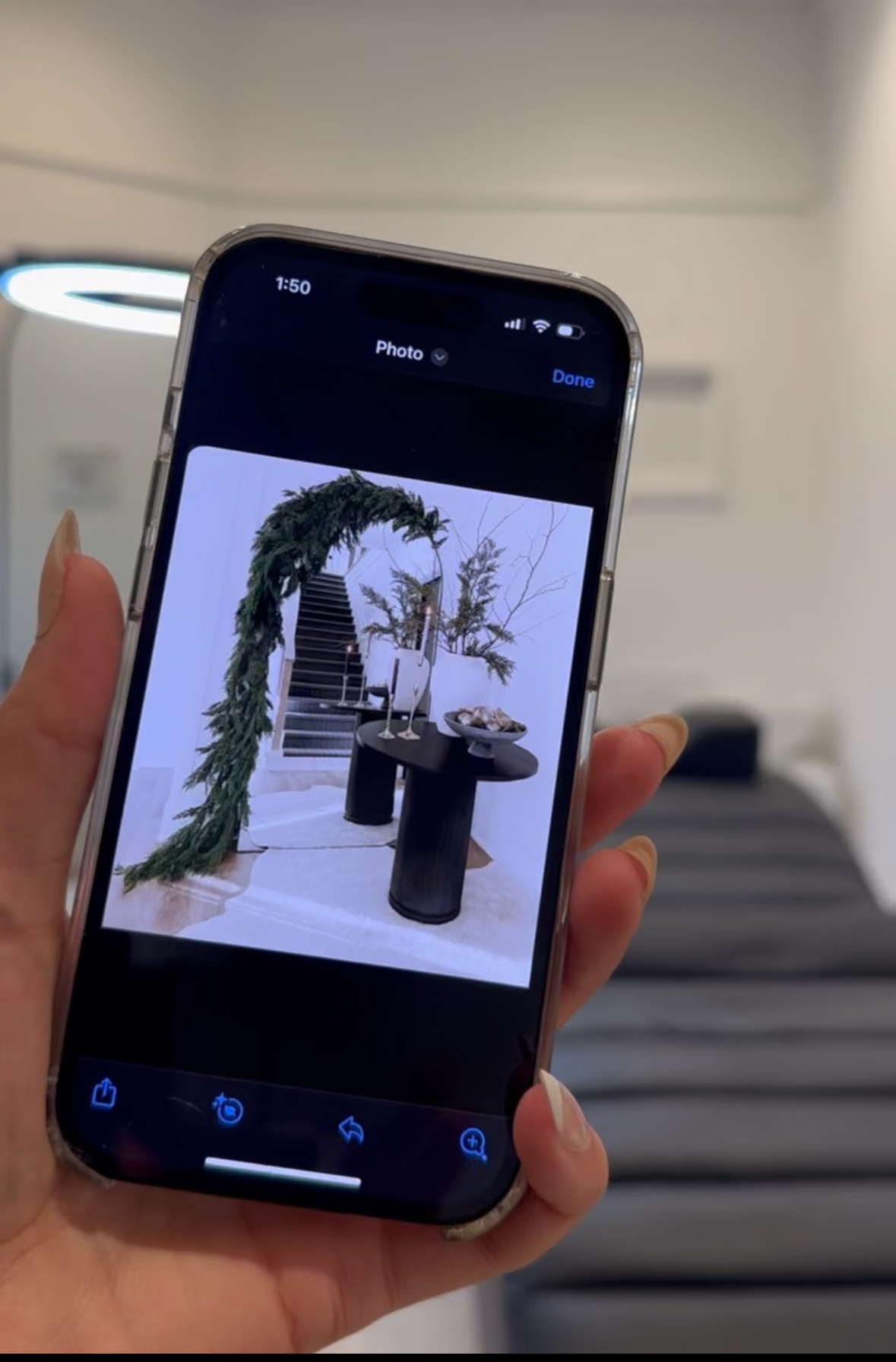
Lash Education Posts
In this blog, we discuss best practices to maintain a clean and safe environment for lash technicians and their clients. We will discuss safety and sanitation best practices regarding lash education.
Safety and Hygiene Best Practices: Lash Education
Before diving into specific practices, it’s crucial to understand why safety and hygiene are non-negotiable in lash extension application. First and foremost, maintaining a hygienic environment helps prevent the spread of infections and ensures the well-being of both clients and technicians. Additionally, adhering to safety protocols minimizes the risk of allergic reactions or adverse effects from the products used during the procedure.
Best Practices for Safety and Hygiene
1. Personal Protective Equipment (PPE)
Both technicians and clients should wear appropriate PPE during the lash extension application process. This includes disposable gloves for the technician, especially if frequent hand washing or hand sanitizing stations are not nearby. Gloves should also be used if either party has a cut or injury in areas in close proximity to the lash application.
Large Refill Bottle Hand Sanitizers
Wall Mounted Hand Sanitizers Soap Dispenser
2. Sanitization of Tools and Work Area
Before each appointment, it’s essential to thoroughly sanitize all tools and the work area. This includes tweezers, lash adhesive, lash trays, and any other equipment used during the procedure. Using medical-grade disinfectants such as Barbicide or alcohol solutions is recommended for effective sanitization.
3. Single-Use Disposable Products
Whenever possible, opt for single-use disposable products such as adhesive trays, eye pads, mascara wands, lip wands, single use towels, micro-swabs, and eye drops for clients. This minimizes the risk of cross-contamination between clients and ensures a sterile environment.
Lip Wand, Mascara Wand, Micro Swab Bundle
4. Proper Hand Hygiene
Technicians should practice proper hand hygiene by washing their hands thoroughly with soap and water before and after each appointment. Additionally, alcohol-based hand sanitizers can be used as an extra precaution.
5. Client Consultation and Patch Testing
Before the application process begins, it’s crucial to conduct a thorough consultation with the client to identify any allergies or sensitivities they may have. Patch testing can also be performed to check for adverse reactions to lash adhesive or other products.
6. Ventilation
Maintaining good ventilation in the treatment room is important for air circulation and reducing the concentration of fumes from lash adhesive. Using an air purifier and dehumidifier in a well-ventilated room is of great importance.
Airpurifier Dehumidifier in one
7. Proper Disposal of Waste
Dispose of waste such as used eye pads, cotton swabs, and other disposable items in a hygienic manner. Use designated waste bins with liners and ensure proper disposal according to local regulations.
8. Regular Training and Certification
Technicians should undergo regular training and certification to stay updated on the latest safety and hygiene practices in lash extension application. This ensures that they are equipped with the knowledge and skills to provide safe and high-quality service to their clients.
Conclusion
Safety and hygiene should always be top priorities in lash extension application. By following the best practices outlined above, technicians can create a clean and safe environment for both themselves and their clients, ensuring a positive experience and beautiful results every time. Remember, a commitment to safety and hygiene is essential for the long-term success of any beauty business. To learn more about what goes into a Lash Extensions Kit such as Lash Extensions Materials and Tools check out this blog post.
This site contains affiliate links, view the disclosure for more information.





Read the Comments +